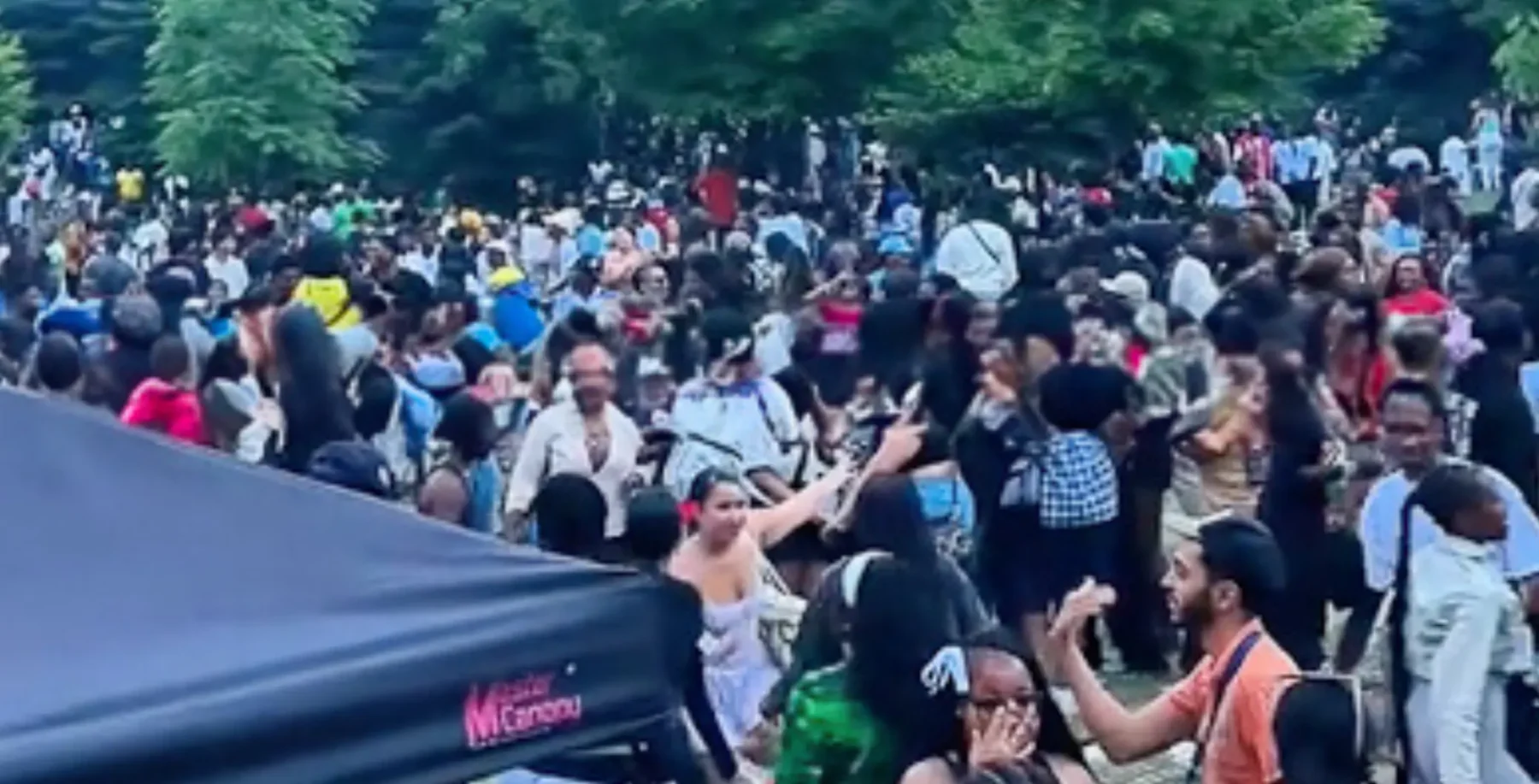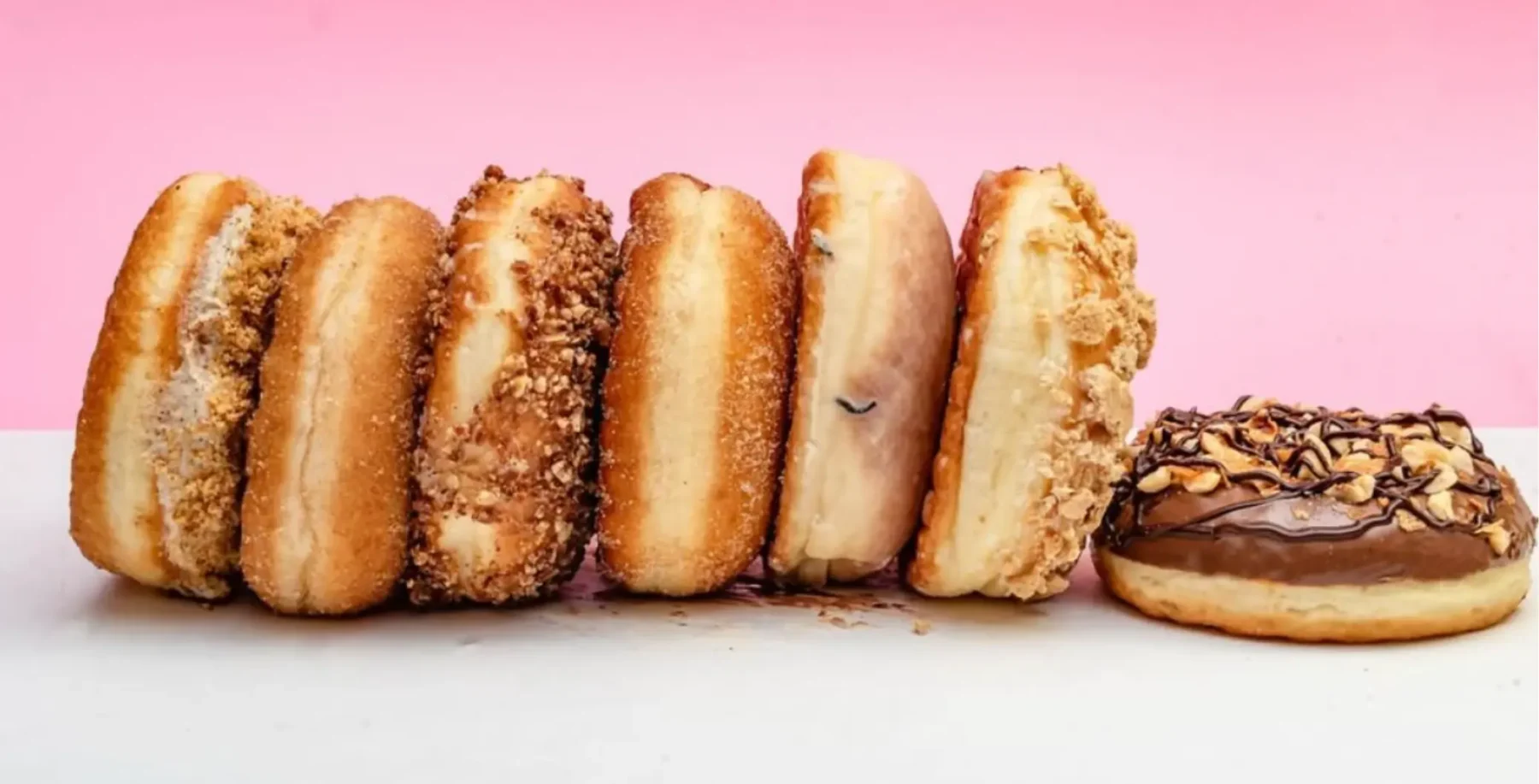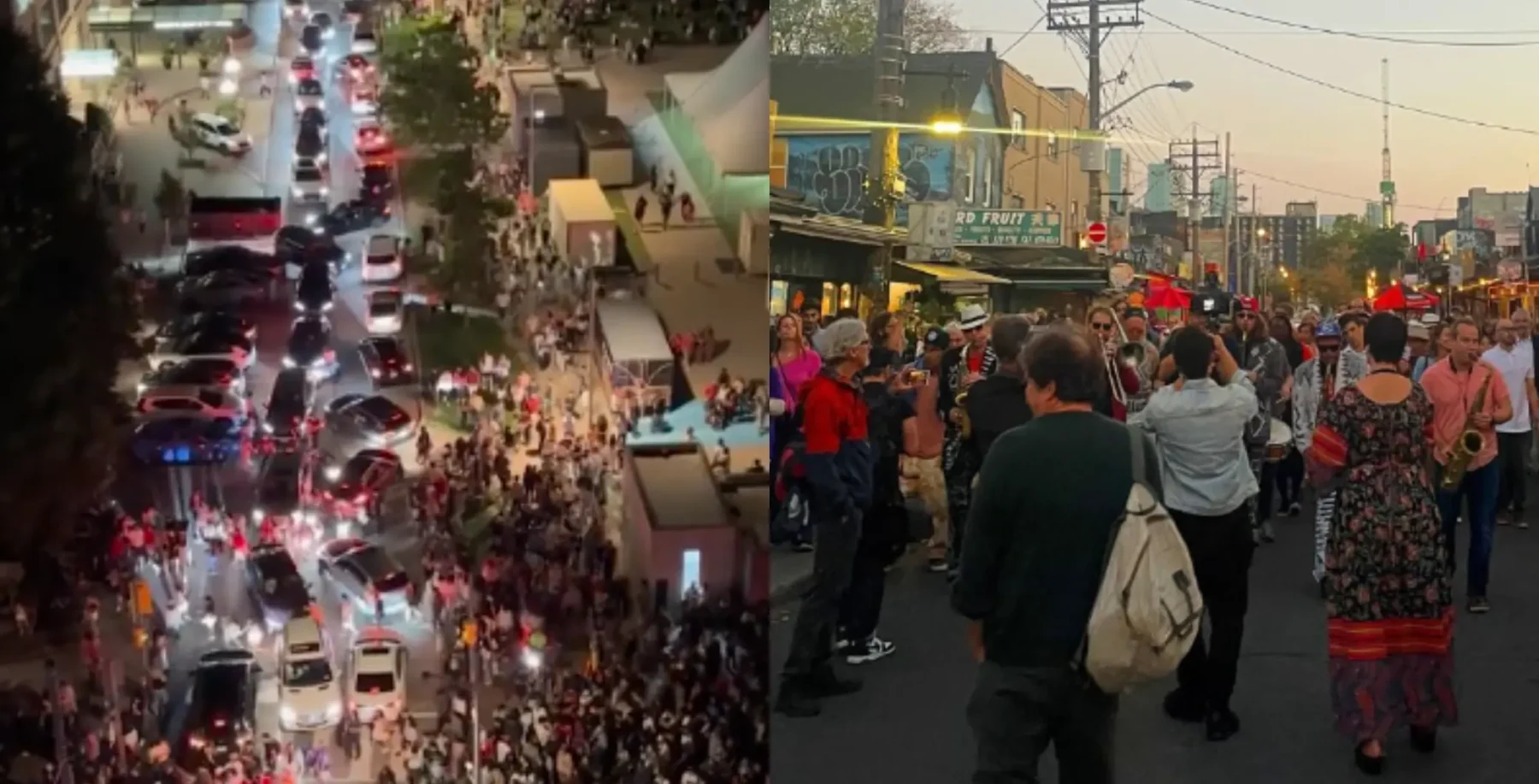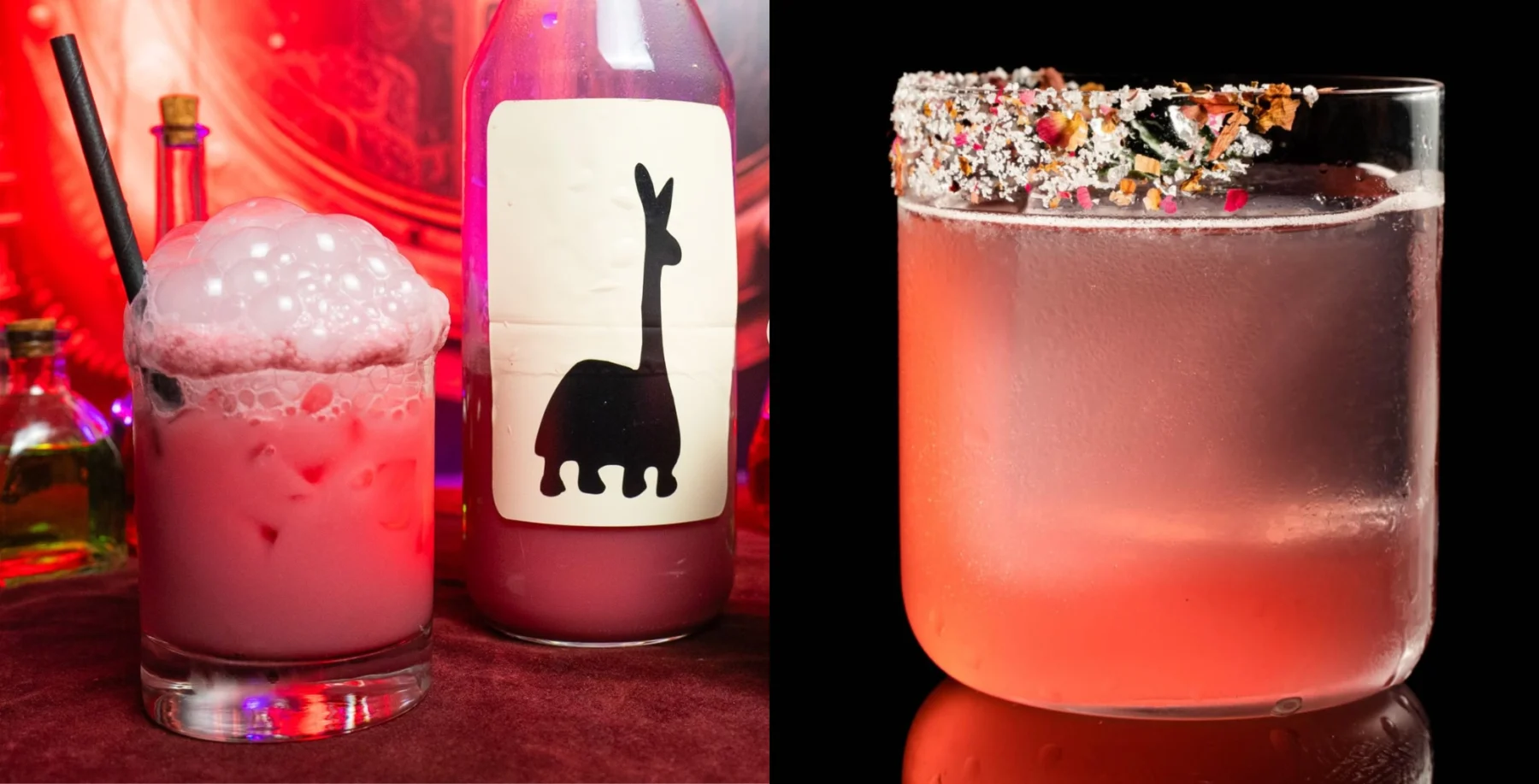
Rating: NNNNN
Montreal — the call comes at the crack of noon. An old friend I haven’t seen in years has an interesting proposition. Knowing how attentively I follow judicial and political marijuana developments, he asks: How would I like to cover a real bust, complete with camouflaged cops, ATVs and military helicopters? “The whole nine yards,” he says cryptically. A friend, he explains, has 350 plants ready for harvest somewhere in the Golden Triangle, a lively corner of rural southwestern Quebec where, in recent years, marijuana has become a growth industry.
Police and armed forces helicopters are reportedly busting three or four outdoor operations a day, and my friend’s friend is certain he’ll be next.
“It’s hot out there,” he says, “and he’s scared shitless. He’s a farmer, fer crissake.”
We agree that police propaganda and sloppy journalism have left the public with the erroneous perception that Mom Boucher and his cronies control every roach clip, rolling paper and marijuana plant in Quebec.
“He’s afraid,” my friend explains, “that his kids are gonna pick up the paper and read that their old man’s some kind of biker.”
It’s an offer I could refuse, but don’t. As promised, the next morning two escorts, Scout and Elvis, are at my door. Following the customary handshakes and a complimentary spliff, we head across the Mercier, down 138, into the heart of marijuana country.
The harvest site consists of two mobile homes hammered together next to a gigantic wooden barn. Behind stands a thick grove of trees.
“Smells like skunk,” says I, stepping from the van. “It’s the patch,” the farmer replies, nodding toward the woods. “Call me Escobud.”
The day, which had started nicely, has turned cold. Under grey, menacing skies, I button my jacket.
“Good for us,” he says as we head into the bush, “bad for flying.”
I don’t see the patch until we’re almost in the middle of it, but the smell is overwhelming. The plants, a Dutch Friesland variety particularly suited to this climate, are under a partial canopy of birch and aspen and are a deep, dark, highly visible green, with buds so heavy they’re held up with binder twine.
The plants aren’t quite ready, he says, a hint of sadness in his voice. “See? These buds aren’t quite hard enough. Still, they have to come out.”
He’s been a guerrilla farmer for 15 years, and it shows, both in his high- calibre plants and the physical and mental toll that comes with age and the territory: tendonitis, chest pains, backache, lack of sleep and appetite. “No way to make a living,” he says.
“But if they come in and bust me tomorrow, what’ll we eat? If they take my farm away, where would we live?”
There’s no way of knowing how many people in rural Quebec – or the Rest Of Canada, for that matter – make their living this way, but as an experienced journalist, I’d say lots.
D.B. Cooper has worked for Escobud for eight seasons. What’s not processed at harvest time is stored for mid-winter, when she and her friends gather for trimming parties.
“They’re like old-fashioned quilting bees,” she says with an Iris Demented grin. “We sit around, gossip and trim dooby. Just your typical rural Canadian homemakers, trying to get by.”
Elvis has been eavesdropping on our conversation and now joins in. “You’d be surprised how many people need this,” he says. “Out my way, my whole town is dooby-dependent – the pizza parlour, the hardware store, the depanneur, even the daycare centre.”
Everyone, he explains, grows or harvests marijuana. Those who don’t depend on those who do. So widespread is the industry, they’ve even given it a proper name.
“We call it “Tom’ amongst ourselves,” he says. “As in, “How’s Tom doing?’ “Oh, Tom’s doing fine.’ Or, “Oh, Tom’s doing poorly these days.'”
“When someone gets busted, we say, “Poor Tom died.” Like everyone else, Elvis has heard the biker stories and thinks most of them are bullshit. “There’s bikers in our town,” he laughs, “but they all drive 10- and 18-speed CCMs.”
He recounts how a local grower once chased some tourists off his property with a shotgun. “Townspeople were so upset, they turned him in to the cops, and no one said a word. We’ve got lots of little kids around – we don’t need that kind of shit.”
That night, I share a bunk bed in the trimming room with Scout, Elvis and a veritable giant called Fat Boy. D.B. and Escobud take separate rooms while Cookie, the cook, sleeps in a camper behind the barn.
My first morning in the country breaks bright and glorious, with nary a cloud or breath of wind. Perfect flying weather dampens spirits around the table, but breakfast itself is good: pancakes, toast and coffee.
Scout hears it first – the unmistakable, apocalyptic whump-whump- whump of a heavy-duty chopper.
Cookie dashes out with his binoculars while Fat Boy and Elvis head for the woods. Escobud steels himself for whatever shit is in store.
“That’s it,” he thinks aloud. “We’re busted.” Like an idiot, I stand waiting for a photo op. The sound grows so loud the walls shake. We can’t see the copter, but the whumps soon become thumps – he’s hovering low, heading straight for us.
Suddenly he appears, big, brown and ugly, just over the treetops, but we only see him long enough to watch him do the unexpected. As he approaches, he abruptly banks and heads off into the eastern sky.
The sigh of relief can be heard for miles. “That’s it! Let’s get ’em out of there now!” commands Escobud. For 16 backbreaking hours, he and the crew frantically chop down all 350 plants and haul them into the barn. When the job is done, Cookie grins.
“Fuck their choppers now – crop’s in the barn.”
Now the drying begins. The biggest and best of the buds are separated and placed on large, flat screens. The remaining plants are hung on wires running the length of the barn. Depending on humidity and internal temperature, it takes two to three days before marijuana is dry enough to trim.
Care must be taken lest it become so dry that it crumbles to powder on the trimming room floor.
The trimming room itself is little more than a large wooden box – “the size of a jail cell,” quips Elvis – located at the back of the barn. Here, trimmers will spend 18 long and painful hours a day, under hot, heavy lights, preparing the end product.
They sit in plastic lawn chairs, with scissors and cookie trays. Cut marijuana is dumped on a huge table, and they draw individual pieces to trim. The primary job is to clean out traces of bud rot and come up with a presentable-looking bud.
Thoroughness is paramount. Much of this crop is destined for medical use. A little bud rot might give a healthy toker a mild cough, but a chemo patient might get something much worse.
It looks like a pain-in-the-ass job, but as Fat Boy explains, “After 10 hours, your ass goes numb.” He’s said to be the fastest and best trimmer around – his fingers verily fly and his scissors are a blur.
He credits his success to a unique regime. He starts each trimming day with a humongous joint of prime bud and primo hash, chased down with a glass of Tang. Then he slaps on his Discman headphones and cranks the volume to the max.
For the next 18 hours, oblivious to the world, he trims dooby and listens to techno-industrial/heavy metal fusion full-blast and fully blasted, stopping only to change CDs or roll another joint.
The pay’s not great – $12 to $15 an hour – but the benefits are pretty good. Like the brown, sticky stuff that gets all over the scissors and fingers and the gold powder that builds up on the cookie tray. That’s 100-per-cent pure hash, and a veteran like Fat Boy can pan out at 3 to 4 grams a day.
Then there’s the food. Cookie and Escobud outdo themselves with a glazed turkey and all the trimmings, washed down with fine California wine. For dessert, Cookie makes cookies, but I decline when I hear the recipe: ounce and a half of bud per two dozen, add flour, sugar and water, and bake till done.
Things go smoothly for the rest of the week. The aerial surveillance continues, but less intensely. Twice, a small Cessna buzzes the trees. Once the pilot briefly cuts the motor, scaring the shit out of everyone.
Marcel, a neighbour on hiatus pending the outcome of a bust last year, stops by with news of other raids in the area: 600 plants down the road yesterday, 450 the day before.
“They (the police) are having a very good year,” he says. The trimmers pick up the pace – from table to trays, trays to the bag, onto the second screen, then final bagging. Work doesn’t stop until late one afternoon, when Escobud enters with the news they’ve been waiting for.
“That’s it,” he beams with his illegal smile. “Barn’s empty.”
(The 350 plants eventually yield about 265 pounds of marketable marijuana. Depending on market conditions, it will sell for $1,500 to $2,000 a pound. Half of it will wind up in the streets of Montreal and Sherbrooke, the rest distributed to a network of long-time friends and associates in Toronto, Peterborough, Sudbury and points west.)
That night, Escobud and I stand outside staring at the stars, sharing a final joint. In the distance, a pack of coyotes howl their approval.
“Looks like you came for nothing,” he says. “Sorry you didn’t get your big bust story.”
We look at each other for a long, ludicrous moment, then crack up. “Nah,” he laughs. “That’s bullshit. I’m not sorry at all.”












